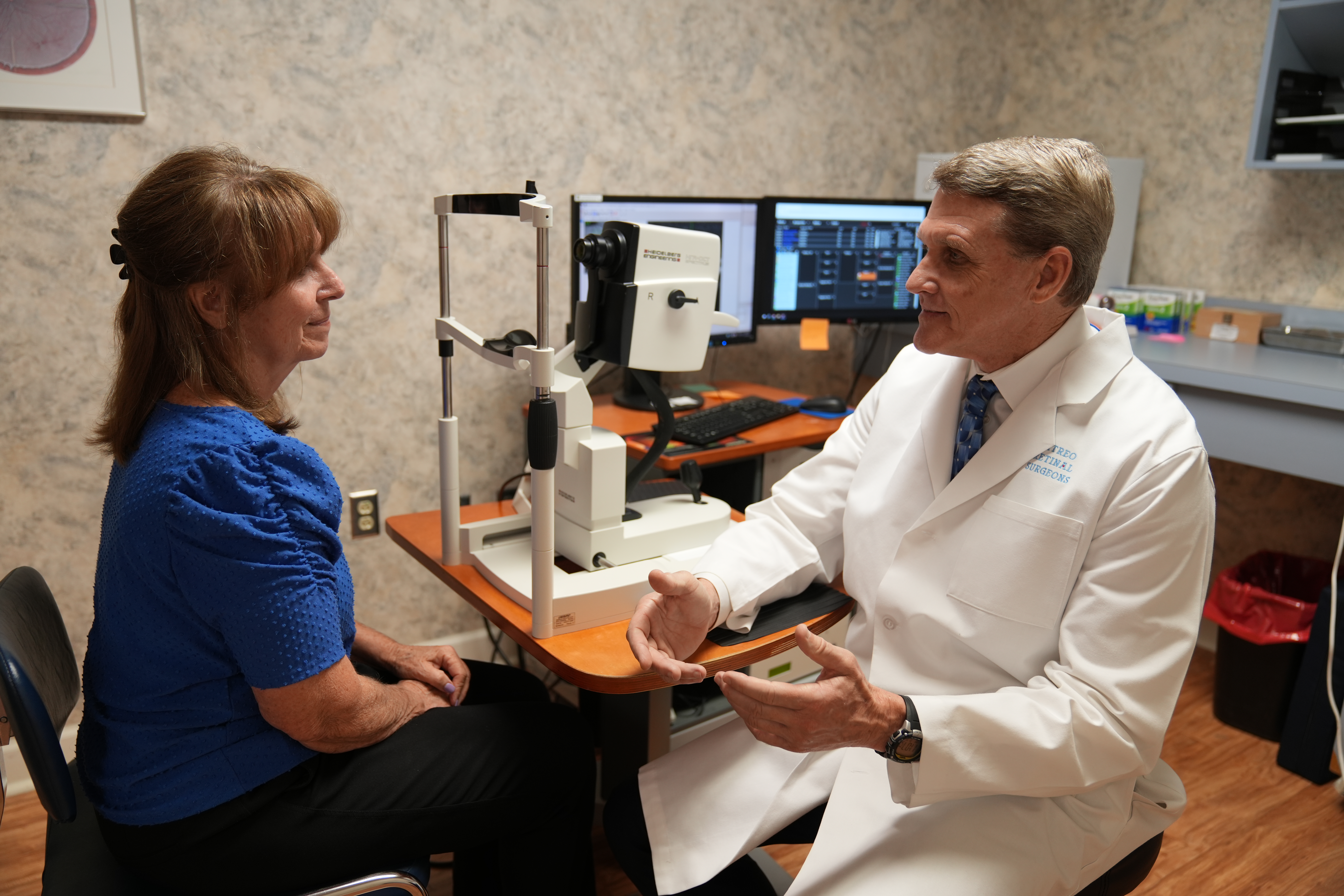3 Facts About Anti-VEGF Intravitreal Injections

In the realm of retinal care, intravitreal injections of anti-vascular endothelial growth factor (anti-VEGF) medications have become the go-to treatment for a wide range of retinal conditions. But what does this type of medication do and how does it work? In this blog post, we’ll explore three key aspects of anti-VEGF intravitreal injections and why this treatment modality is so crucial for retinal health.
1. Anti-VEGF Injections Combat Abnormal Blood Vessel Growth
Vascular endothelial growth factor (VEGF) is a type of protein molecule that plays a crucial role in the formation of new blood vessels, a process known as angiogenesis, making it a key regulator in various physiological and pathological conditions where the growth of blood vessels is essential.
However, in the context of certain retinal conditions, specifically those affecting the retinal vascular system, abnormal levels of VEGF can lead to the growth of fragile and leaky blood vessels, also known as neovascularization. This can contribute to vision impairment, as well as other complications, including serious conditions such as retinal detachment. Intravitreal anti-VEGF injections are designed to inhibit the activity of VEGF, preventing the growth of abnormal blood vessels and helping to manage these conditions.
2. Anti-VEGF Injections Treat Multiple Retinal Conditions
Anti-VEGF medications are commonly used to treat various eye conditions, primarily those involving abnormal blood vessel growth in the retina. Some of the conditions treated with anti-VEGF medications include:
- Age-Related Macular Degeneration (AMD): Anti-VEGF injections can help manage neovascular or "wet" AMD, where abnormal blood vessels grow beneath the macula, causing vision loss.
- Diabetic Retinopathy: Anti-VEGF treatment is used to address the abnormal blood vessel growth and leakage in the retina associated with diabetic retinopathy.
- Macular Edema: Conditions leading to fluid accumulation in the macula, such as diabetic macular edema, may be treated with anti-VEGF medications.
- Retinal Vein Occlusion (RVO): Both central retinal vein occlusion (CRVO) and branch retinal vein occlusion (BRVO) can cause vision issues due to disrupted blood flow, and anti-VEGF therapy is utilized in some cases.
It's important to note that specific anti-VEGF medications and treatment approaches can vary depending on the particular eye condition and the individual patient's circumstances.
3. Anti-VEGF Injections Are Not As Scary As They Seem
For many, the idea of receiving injections directly into the eye can be understandably daunting, evoking a sense of anxiety or apprehension. However, rest assured that your retina specialist is well-versed in making the experience as comfortable as possible.
To alleviate any concerns and discomfort, they will begin by numbing your eyes with anesthetizing drops, ensuring a pain-free procedure with only a mild sensation of pressure inside the eye. You will be instructed to look away from the needle, which helps to reduce anxiety by removing visual contact. The entire process typically lasts no more than 15 minutes, and the recovery period takes a few days. Side effects are typically minimal and temporary.
Protect Your Vision with Anti-VEGF Intravitreal Injections
In the evolving landscape of retinal care, anti-VEGF intravitreal injections stand as a beacon of hope, combating abnormal blood vessel growth and addressing a spectrum of conditions. For personalized guidance on retinal health, including intravitreal injections, consider consulting the experts at Retina Group of Florida.


